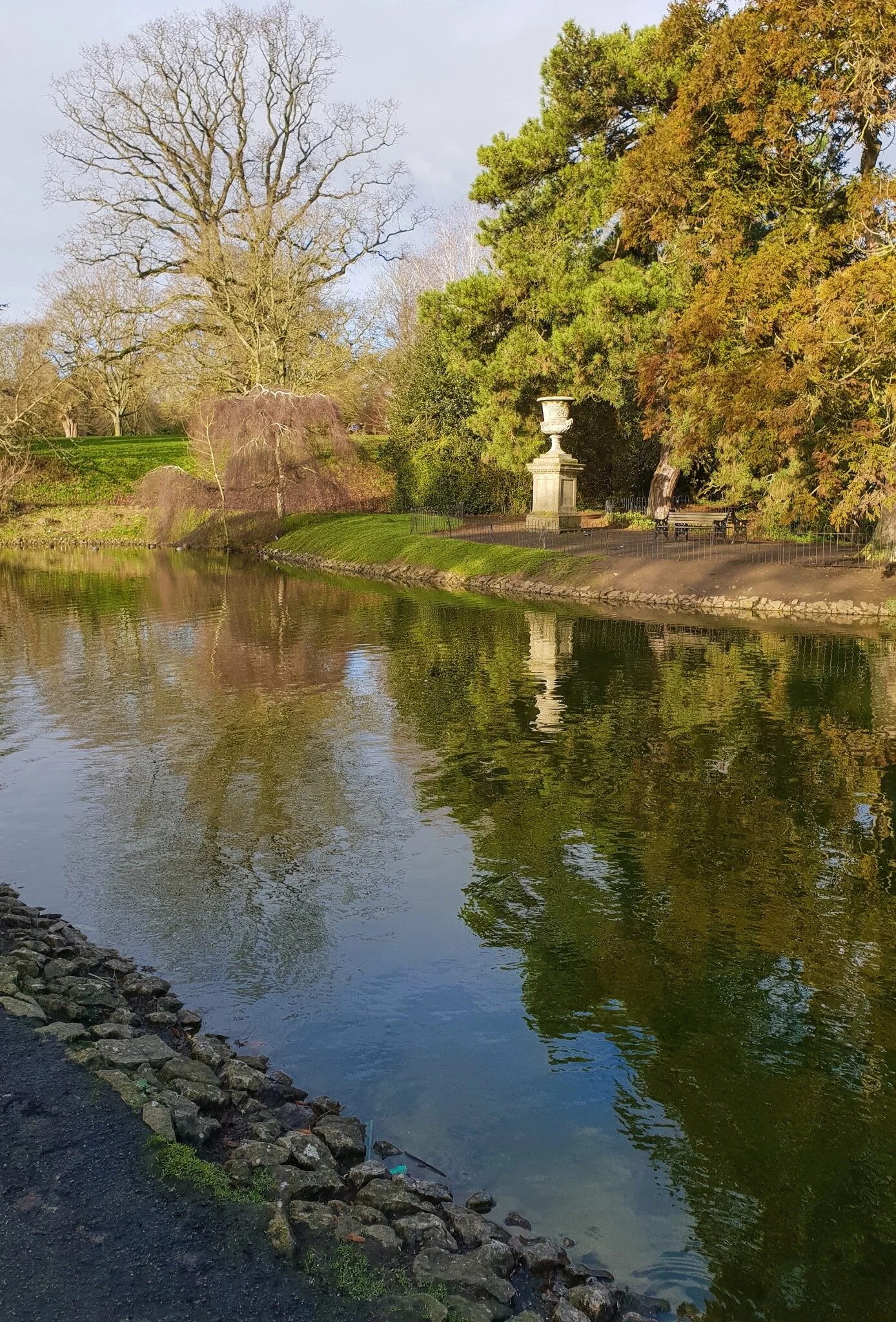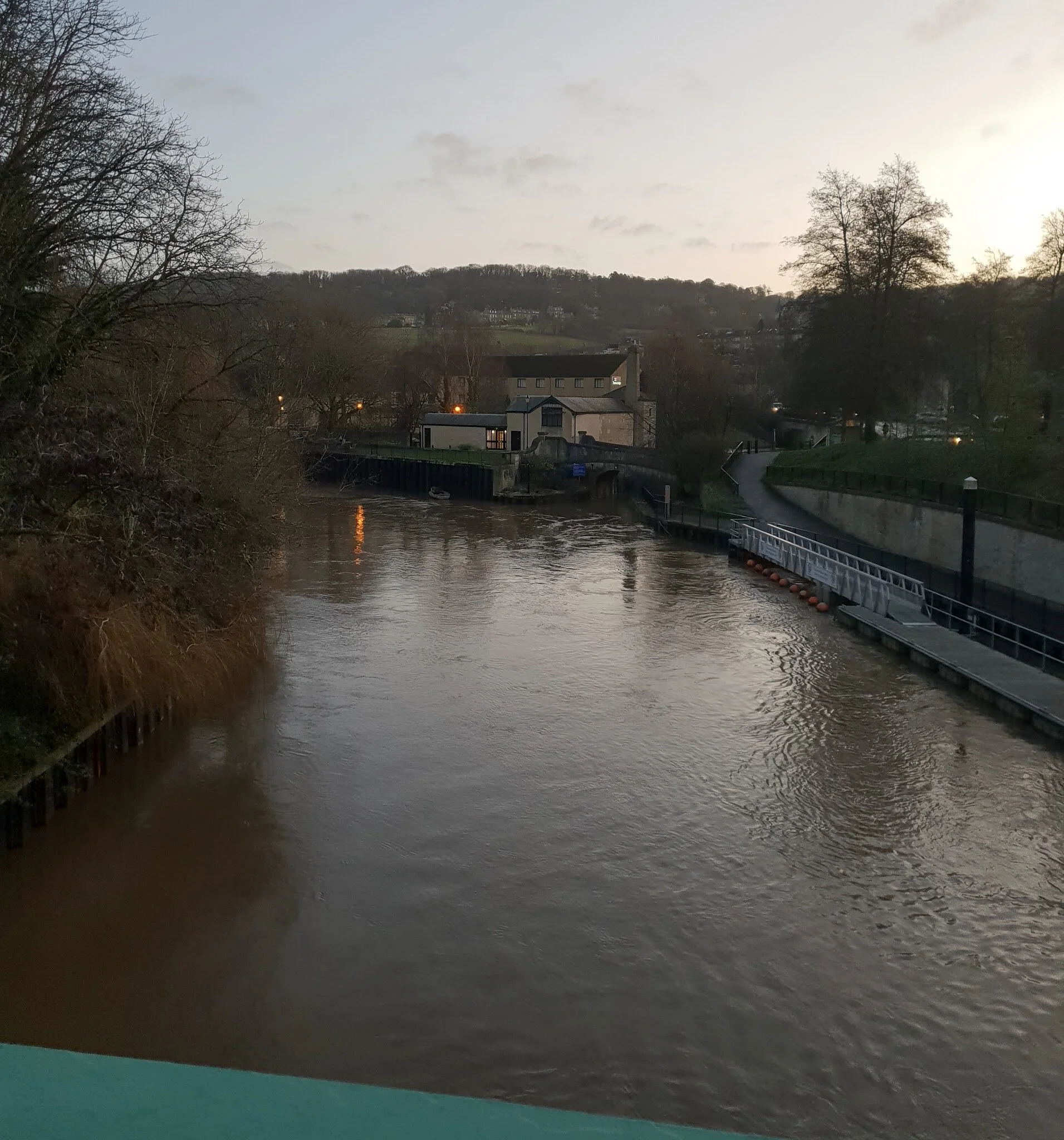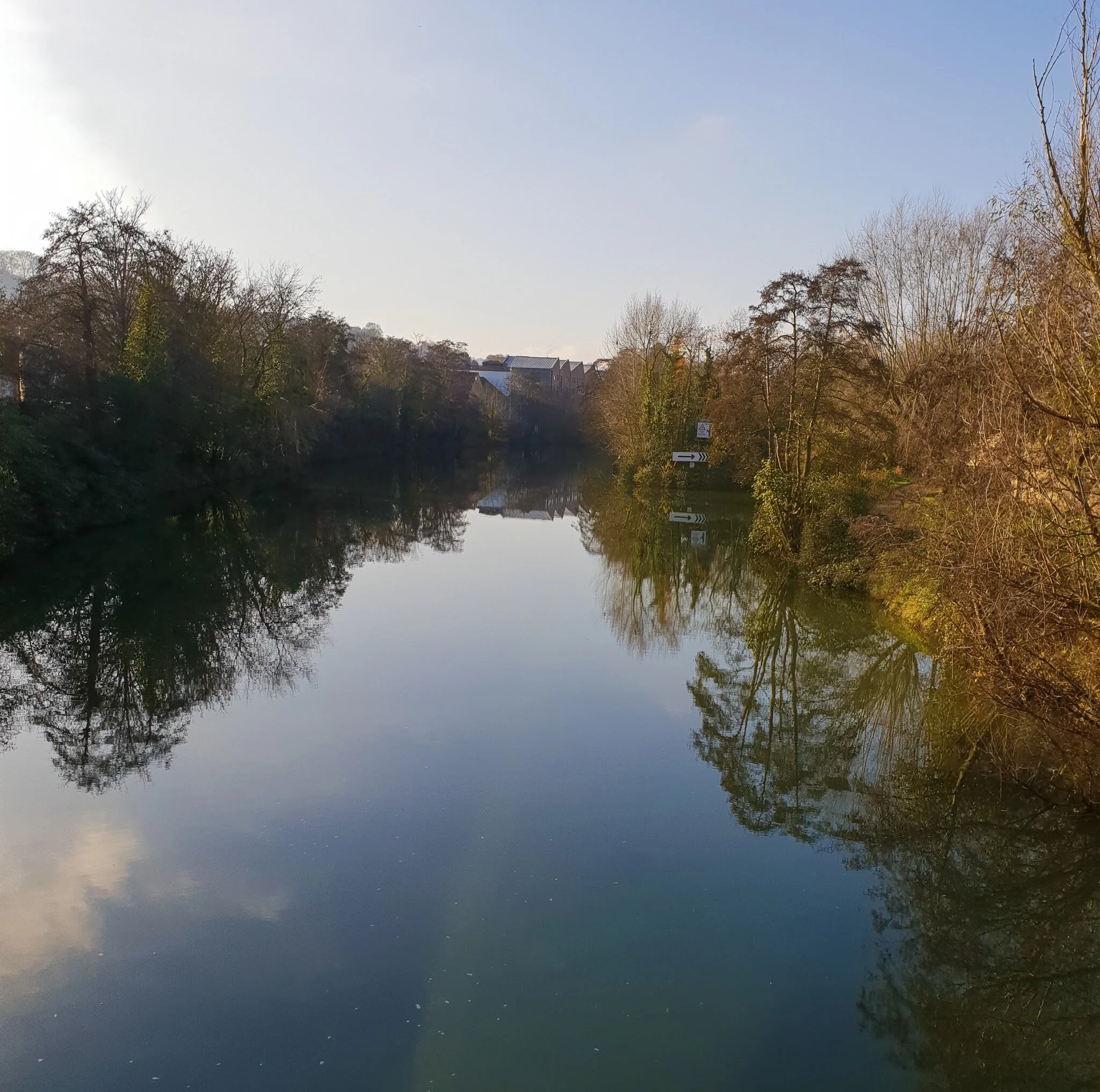Victoria Park
Arthur, a local environmentalist, contacted us saying we had missed a crucial part in ‘all the stuff about the goddess of the Roman Baths’. He said he would be happy to clarify this for us, if we would agree to a meet up.
We still thought it best to meet him in a public location, and so we arranged an appointment near the pond in Victoria Park. He raised some good points about fire, but is he reading too much into the landscape? Or does everything about the biology and geography of Bath tie into the goddess as well?
At the very least he showed us another facet to this investigation.
Us: So Alex, why did you want to speak to us so much?
A: So, you’ve got a cool project going on here, and I am delighted you are writing so much about the goddess. However, you have missed a crucial element.
Us: And what is that?
A: Well, you’ve read the books about Sulis Minerva. You have visited the space where the temple used to be. But you’ve disregarded the eternal flame.
Although the goddess is associated with water, there was also a constant fire in her temple. Some argue that the ‘Gorgon’s Head’ is actually a representation of the sun goddess.
We could debate the meanings of symbols in the Baths all day, But you cannot argue that the flame exists. You cannot argue there’s some references to fire here.
That’s what you keep forgetting about. The flame.
Us: To be honest we just go with what people tell us. We don’t leave out or select certain elements of mythology.
A: Well, I believe this is something that has been forgotten. And I can back up my theory with the newts.
Us: The newts?
A: Yes. Bath has always been a big place for newts. In the local area you can find lots of different kinds of rare varieties. I do not think that is a coincidence.
Us: Can you expand?
A: You have to remember that a newt is a kind of salamander. And if you look at salamanders in folklore, they are creatures that can survive in fire. In the material world, they live in the water. This makes them perfect for the Bath area. It is what makes me look after them as a conservationist.
Us: What do you mean?
A: Well, as I mentioned, one of the big parts of Sulis Minerva’s temple, and indeed ancient temples in general, is the concept of the everlasting flame. A fire that kept on burning.
But now that flame has gone. And with a museum on top, it is unlikely to return any time soon.
So instead I try and bring this flame to life with the newts. I do lots of conservation work, write a blog, even speak in schools. There’s a few ponds round here where the newts are plentiful, and it is amazing to see them flick about.
Us: So do you honestly believe it is the goddess watching over them?
A: Well I don’t think she takes care of them in the same way we look after our pets. Instead it is more about the perfect climate. In the same ways polar bears are suited to the Artic, so the newts are suited to Bath.
Us: So if those who live and visit Bath want to help further what would you say?
A: Think of the city as a sacred site. It doesn’t matter if you are working on a building site, or popping to the post office. You can keep this fire going. Newts need saving, and we can always used the extra hands. Look around you, and think about how can we preserve this place.
But alongside the practical steps, look for signs and symbols from the goddess. We can always keep the story of Bath, and its newts, alive.
The pond in Victoria Park



